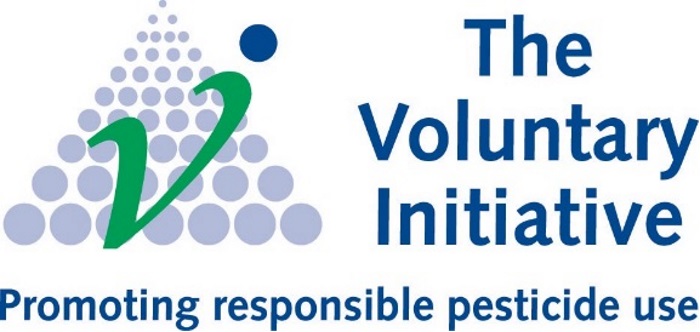As field drains start to run after recent rain, oilseed rape growers and spraying contractors are being encouraged to use decision support tools that help ensure effective weed control while minimising the risk of residual herbicides such as propyzamide and carbetamide being lost through drains.
Dow AgroScience’s Andy Bailey acknowledges the importance of such products to prevent yield loss and the build-up of problem weeds such as blackgrass. However, best practice is to keep herbicides in the field for optimum effect, he says.
Farmers have made great strides in adopting measures to minimise the risk of pesticides reaching water and this progress needs to be maintained. Decision support tools, which include: Adama’s WaterAware app (www.adama.com/uk/en/wateraware/), Dow AgroSciences Postcode checker http://uk.dowagro.com/check-application-conditions-local-postcode/, and the AHDB soil monitoring tool: https://cereals.ahdb.org.uk/soilmonitor all offer ways for those applying herbicides to check the risks.
“We aim to be as practical as possible with our advice on applying propyzamide. The chances are that some drains are now running and won’t stop until April.
“If that’s the situation we suggest holding off spraying whenever significant rain is forecast which could wash herbicide down the soil profile,” Mr Bailey explains.
“The longer the herbicide remains in the upper soil layers the less likely it is to find its way into the drains – and the better the weed control will be.”
“Unless we, as an industry, do more to protect our natural water resources, key pesticides may be restricted”, says Adama’s Kuldip Mudhar.
Typical of farmers following best practice guidelines is Lincolnshire farmer Ben Atkinson whose 2,750 Ha farm includes 570 Ha of oilseed rape.
“As farmers we’re all too aware of pesticide run-off. We carefully monitor soil moisture, drain flows and weather forecasts before any applications are made.
“Obviously the environment is at the forefront of our minds, but also with pesticide resistance being a major problem there is no margin for error or failure. With financial margins also being squeezed we can’t afford to throw products down the drain.”



